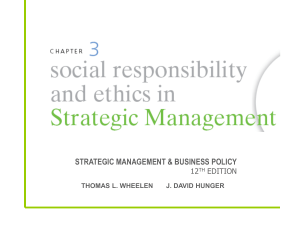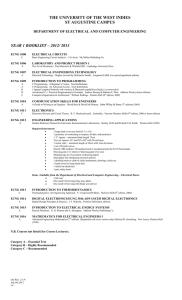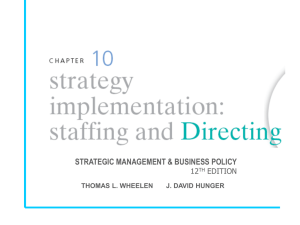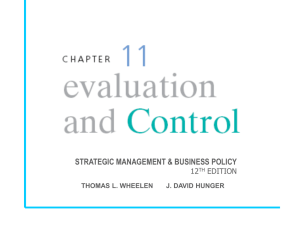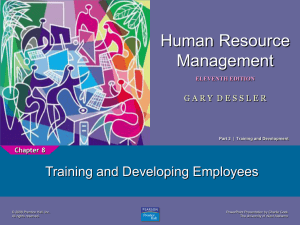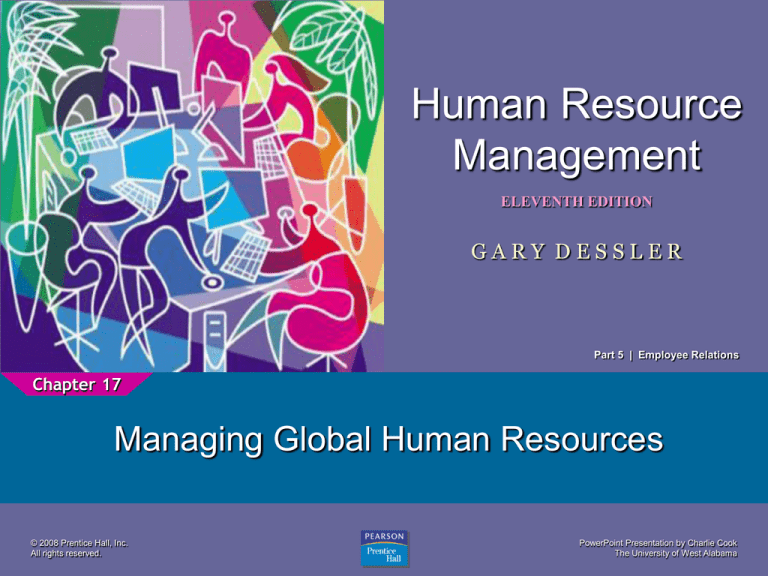
Human Resource
Management
ELEVENTH EDITION
1
GARY DESSLER
Part 5 | Employee Relations
Chapter 17
Managing Global Human Resources
© 2008 Prentice Hall, Inc.
All rights reserved.
PowerPoint Presentation by Charlie Cook
The University of West Alabama
After studying this chapter, you should be able to:
1. List the HR challenges of international business.
2. Illustrate how intercountry differences affect HRM.
3. Discuss the global differences and similarities in HR
practices.
4. Explain five ways to improve international
assignments through selection.
5. Discuss how to train and maintain international
employees.
© 2008 Prentice Hall, Inc. All rights reserved.
17–2
HR and the Internationalization of Business
• The Global Challenges
Coordinating market, product, and production plans
on a worldwide basis.
Creating organization structures capable of
balancing centralized home-office control with
adequate local autonomy.
Extending HR policies and systems to service
staffing needs abroad.
© 2008 Prentice Hall, Inc. All rights reserved.
17–3
Intercountry Differences Affecting HRM
Cultural
Factors
Economic
Systems
International
Human Resource
Management
Legal and Industrial
Relations Factors
© 2008 Prentice Hall, Inc. All rights reserved.
17–4
Global Differences and Similarities
in HR Practices
Personnel
Selection
Procedure
Use of Pay
Incentives
International
Human Resource
Management
Purpose of
Performance
Appraisal
Training and
Development
Practices
© 2008 Prentice Hall, Inc. All rights reserved.
17–5
How to Implement a Global HR System
• Best practices for making a global HR system
more acceptable to local managers:
1. Remembering that global systems are more
accepted in truly global organizations.
2. Investigating pressures to differentiate and
determine their legitimacy.
3. Working within the context of a strong corporate
culture is best.
© 2008 Prentice Hall, Inc. All rights reserved.
17–6
A Global HR System (cont’d)
• Best practices for developing a more effective
global HR system:
Form global HR networks that make local HR
managers a part of global teams.
Remember that it’s more important to standardize
ends and competencies than specific methods.
• Best practices for implementing the global HR
system:
Remember, “You can’t communicate enough.”
Dedicate enough resources for the global HR effort.
© 2008 Prentice Hall, Inc. All rights reserved.
17–7



